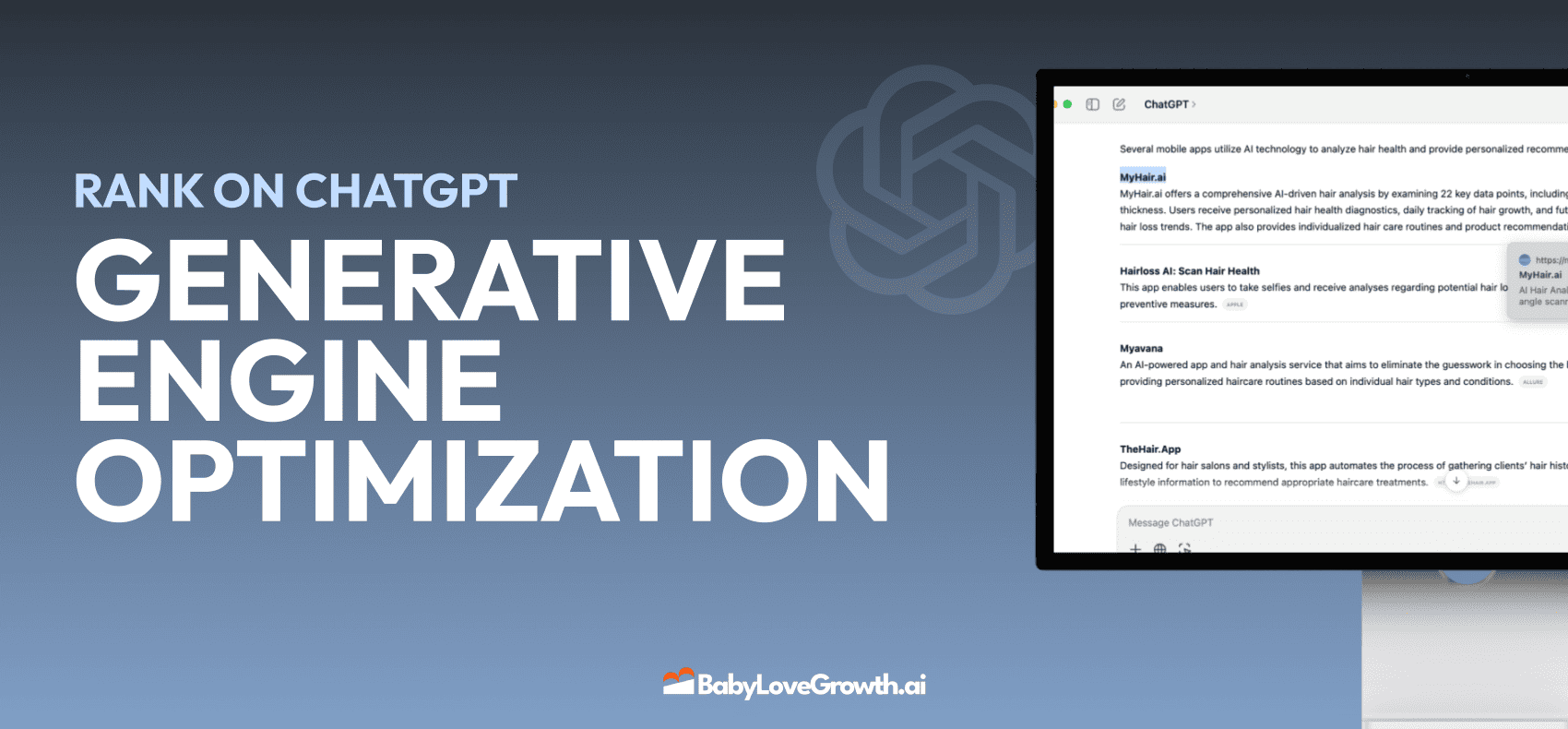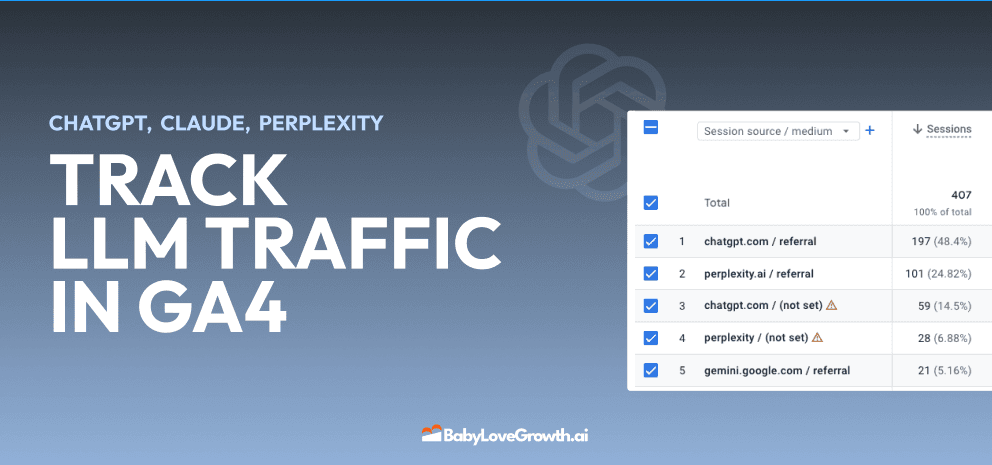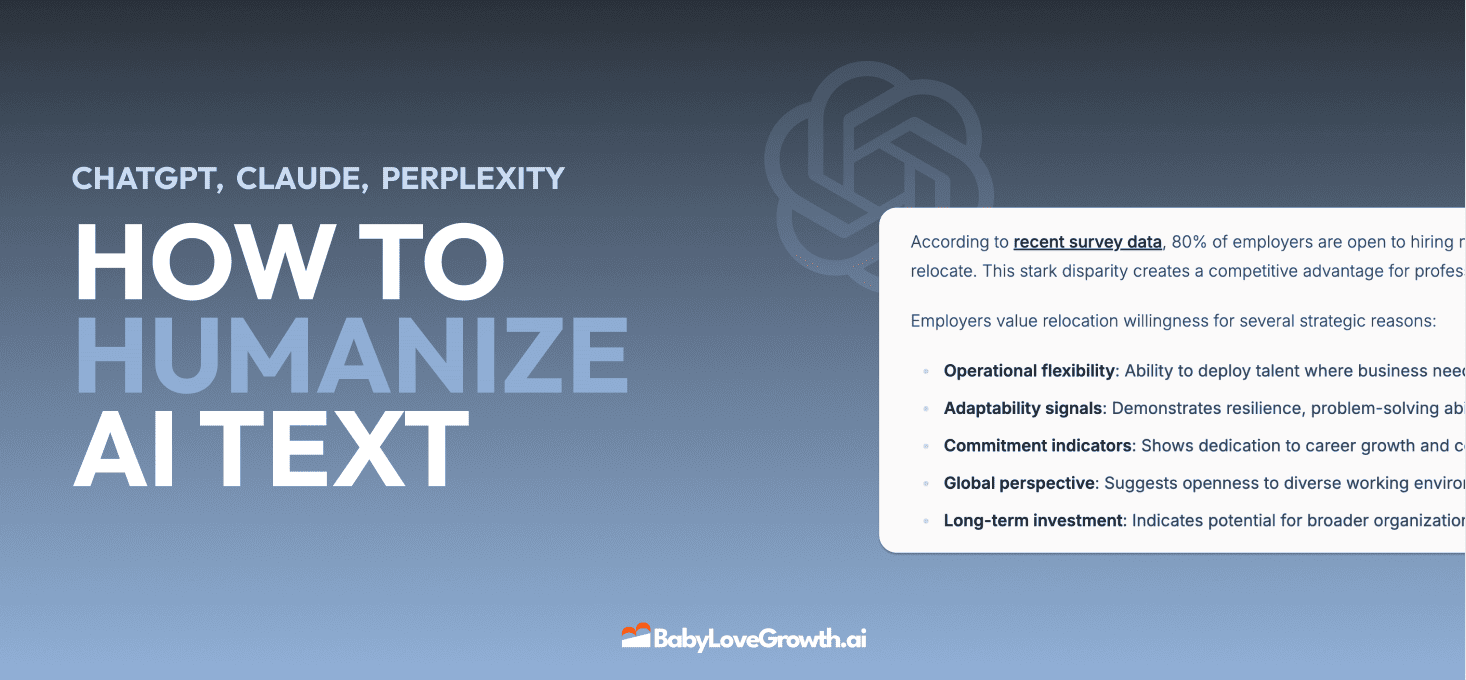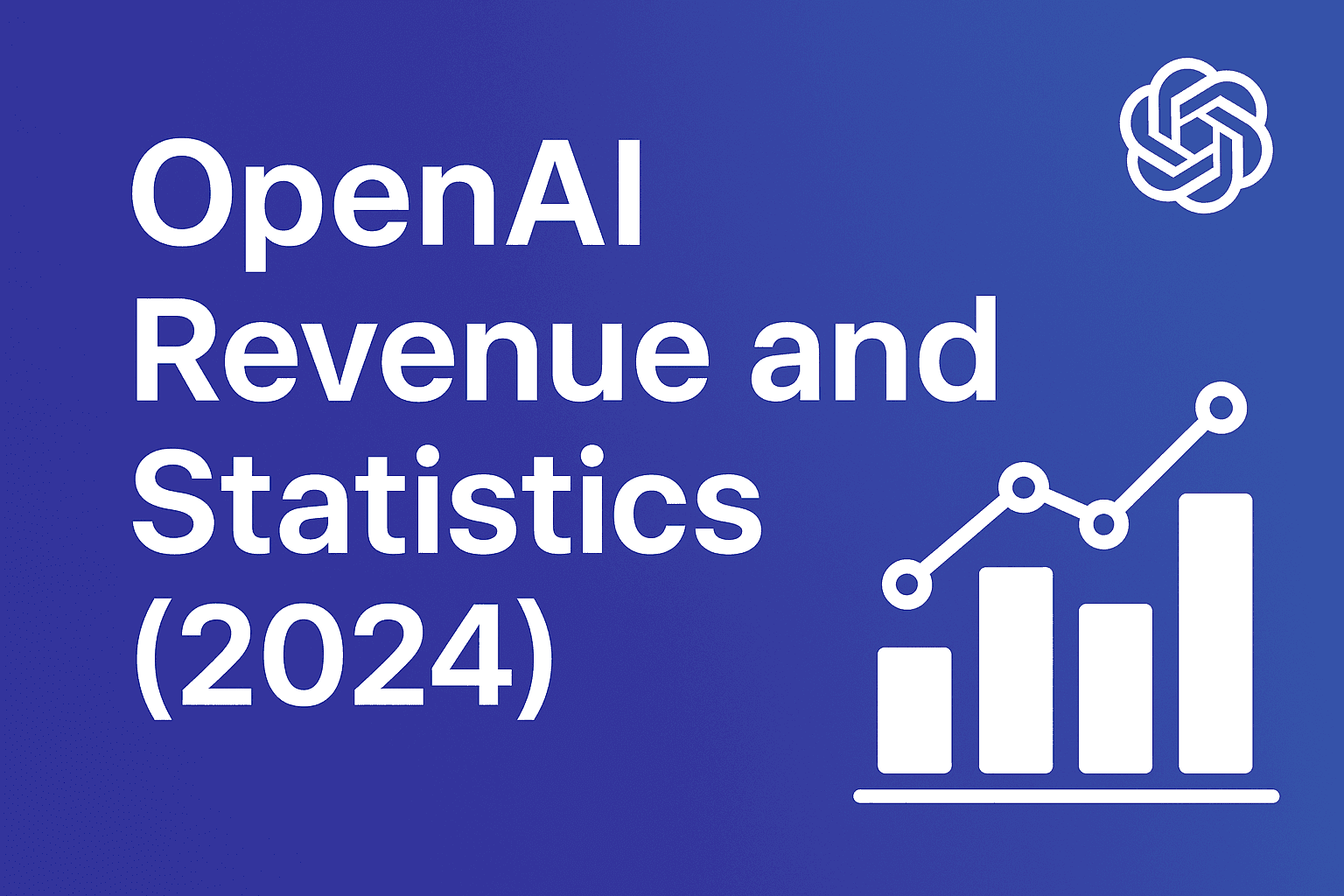Mobile SEO Meaning: Essential 2025 Strategies & Tips


Mobile SEO is no longer just an option—it's a necessity. With over half of global web traffic in 2022 coming from mobile devices, optimizing for mobile can make or break your online success. But here’s the catch most businesses miss: it’s not just about shrinking your desktop site to fit smaller screens. The real game changer lies in delivering fast, seamless, and personalized mobile experiences that align perfectly with how users search and interact on their phones today and heading into 2025.
Table of Contents
- Understanding Mobile Seo Meaning
- Mobile Vs Desktop Seo Differences
- Mobile Optimization Strategies 2025
- Ranking Factors For Mobile Sites
- Latest Mobile Seo Trends
Quick Summary
| Takeaway | Explanation |
|---|---|
| Mobile-First Indexing is Essential | Google uses the mobile version of content for indexing and ranking, making mobile optimization crucial for visibility in search results. |
| Focus on Page Experience Signals | Core Web Vitals, including loading speed and interactivity, are vital for mobile rankings, so improving these metrics can enhance user satisfaction and SEO performance. |
| Adapt Content for Voice Search | With the rise of voice search, it's important to use natural, conversational language and structure content in a way that answers common questions directly. |
| Prioritize Local SEO for Mobile | Many mobile searches have local intent, so optimizing for local keywords and managing Google Business Profiles effectively can drive significant traffic. |
| Embrace Sustainability in Optimization | Future mobile strategies should consider energy efficiency to enhance user experiences while contributing to environmental goals, including reducing data usage and battery drain. |
Understanding Mobile SEO Meaning
Mobile SEO refers to the process of optimizing a website to ensure it performs effectively on mobile devices, providing users with an excellent experience regardless of the device they're using. With over half of global web traffic in 2022 originating from mobile devices, understanding mobile SEO has become crucial for businesses of all sizes.

What Is Mobile SEO?
At its core, mobile SEO (mobile search engine optimization) is the practice of enhancing your website so it ranks well in search results when users search from smartphones and tablets. While traditional SEO focuses on desktop experiences, mobile SEO specifically addresses the unique challenges and opportunities presented by smaller screens, touch interfaces, and on-the-go usage patterns.
Mobile optimization involves ensuring your site loads quickly, displays correctly, and provides intuitive navigation on mobile devices. This adaptation is essential because search engines like Google now prioritize mobile-friendly sites in their rankings, acknowledging the shift in how people access information online.
Why Mobile SEO Matters Now
The importance of mobile SEO has grown exponentially in recent years for several compelling reasons:
-
Mobile-First Indexing: Google now predominantly uses the mobile version of content for indexing and ranking. If your site performs poorly on mobile, it will likely rank lower in search results—even for desktop users.
-
User Behavior Shifts: Modern consumers routinely use their phones to research products, find local businesses, and make purchases. If your site frustrates mobile users, you're potentially losing significant traffic and revenue.
-
Competitive Advantage: Many businesses still haven't fully optimized for mobile experiences, meaning those who do can stand out and capture market share from competitors with subpar mobile sites.
Key Components of Mobile SEO
Mobile search optimization encompasses several technical and content-related elements:
Responsive Design: Your website should automatically adjust its layout based on the user's screen size. This approach eliminates the need for separate mobile and desktop versions while ensuring content remains accessible and visually appealing across devices.
Page Speed: Mobile users typically have less patience for slow-loading pages than desktop users. Optimizing images, minimizing code, leveraging browser caching, and eliminating render-blocking resources all contribute to faster load times.
Mobile-Friendly Content: Content should be easy to consume on smaller screens. This means using readable font sizes, appropriate spacing between clickable elements, and concise text that gets to the point quickly without sacrificing value.
Local SEO Integration: Mobile searches often have local intent ("coffee shop near me"), making local SEO tactics particularly important for businesses with physical locations.
Understanding mobile SEO meaning isn't just about technical knowledge—it's about recognizing that mobile users have different needs, behaviors, and expectations than desktop users. By addressing these differences through thoughtful optimization strategies, businesses can improve visibility, engagement, and conversions from the growing segment of mobile searchers.
Mobile vs. Desktop SEO Differences
While the fundamental principles of SEO apply across all platforms, the execution strategies for mobile and desktop differ significantly. Understanding these distinctions is crucial for developing an effective, comprehensive SEO approach that captures traffic from all devices.
User Experience Variations
The most obvious difference between mobile and desktop SEO lies in the user experience. Desktop users typically navigate with a mouse and keyboard on a large screen, while mobile users interact through touch on significantly smaller displays. This fundamental distinction influences everything from layout decisions to content structure.
Desktop sites can accommodate more complex layouts with multiple columns, sidebars, and larger navigation menus. In contrast, mobile sites must prioritize simplicity with single-column layouts, condensed menus (often in hamburger format), and touch-friendly buttons that accommodate finger tapping rather than precise mouse clicks.
Research shows that over half of global web traffic in 2022 came from mobile devices, yet many websites still deliver suboptimal mobile experiences. This disconnect creates both challenges and opportunities for businesses willing to invest in proper mobile optimization.Technical Implementation Differences
Beyond user experience considerations, mobile and desktop SEO differ in several technical aspects:
Page Speed Requirements: While speed matters for all users, mobile visitors have even less patience for slow-loading pages, often abandoning sites that take more than a few seconds to load. Additionally, mobile users frequently access sites via cellular networks with variable connection speeds, making optimization for fast loading even more critical. Mobile SEO requires aggressive image compression, code minification, and elimination of unnecessary scripts.
Rendering and Layout: Mobile SEO demands particular attention to how content renders on smaller screens. Text that's perfectly readable on desktop may appear tiny on mobile devices. Interactive elements that work well with mouse hovering need different implementation for touch interfaces. These considerations directly impact user engagement metrics that influence search rankings.
Local Search Importance: Mobile searches are significantly more likely to have local intent compared to desktop searches. Users searching on smartphones often want to find nearby businesses or solutions. This makes local SEO optimization—including Google Business Profile management, local keywords, and location-specific content—particularly important for mobile SEO strategy.
Content Strategy Adjustments
Effective content strategy also varies between mobile and desktop:
Content Length and Structure: While long-form content often performs well for desktop SEO, mobile users typically prefer more concise, scannable content divided into digestible sections. Mobile SEO benefits from:
- Clear, descriptive headings and subheadings
- Shorter paragraphs (2-3 sentences maximum)
- Bulleted lists for easy scanning
- Early placement of important information (avoid burying key points)
Visual Content Considerations: Images and videos need special attention for mobile. Auto-playing videos that enhance desktop experiences may frustrate mobile users by consuming data and battery life. Similarly, complex infographics that look impressive on desktop can become illegible on mobile screens unless specifically designed with responsiveness in mind.
Voice Search Optimization: Mobile devices drive the majority of voice searches, making conversational keywords and question-based content more relevant for mobile SEO. Optimizing for natural language queries becomes increasingly important as voice search usage grows.
Understanding these differences doesn't mean creating entirely separate SEO strategies. Instead, it requires developing a responsive approach that accommodates both platforms while recognizing their unique characteristics. The most successful SEO campaigns acknowledge these differences while maintaining a cohesive brand experience across all devices.
Mobile Optimization Strategies 2025
As we look toward 2025, mobile optimization continues to evolve beyond basic responsive design. With over half of global web traffic coming from mobile devices, forward-thinking businesses must anticipate the next wave of mobile SEO trends and implement strategies that will remain effective in the changing digital landscape.
Sustainability-Focused Mobile Optimization
Mobile optimization in 2025 will increasingly incorporate sustainability considerations. Energy-efficient websites not only contribute to environmental goals but also provide tangible benefits to users through reduced battery drain and data usage. This dual advantage makes energy efficiency a compelling focus for future mobile optimization.
Implementing sustainable mobile optimization involves several key approaches. First, minimizing unnecessary animations and transitions reduces processing demands on mobile devices. Second, adopting efficient coding practices eliminates redundant operations that waste computational resources. Third, implementing intelligent loading strategies ensures content is delivered only when needed, conserving both energy and bandwidth.
Energy-conscious web design also means evaluating third-party scripts and plugins critically. Each external resource adds to the energy footprint of your site. By 2025, expect to see more detailed energy consumption metrics becoming standard in SEO auditing tools, allowing businesses to measure and optimize their mobile sites' efficiency.
AI-Enhanced Mobile Experiences
Artificial intelligence will reshape mobile optimization strategies by 2025, enabling more personalized and context-aware experiences. AI systems will analyze user behavior patterns to dynamically adjust content presentation based on individual preferences, device capabilities, and usage situations.
Predictive loading represents one of the most promising AI applications for mobile SEO. These systems anticipate which content a user will likely access next and preload it during periods of connectivity. This approach dramatically improves perceived performance, especially in areas with inconsistent network coverage.
AI will also transform mobile search optimization by better understanding the intent behind various query types. Voice search optimization will become particularly sophisticated, with AI systems distinguishing between informational, navigational, and transactional voice queries with greater accuracy. Mobile sites that structure their content to match these refined intent categories will gain significant advantages in search rankings.
Immersive Mobile Experiences
By 2025, the lines between websites, apps, and augmented reality experiences will continue to blur. Progressive Web Apps (PWAs) will evolve further, offering app-like experiences through web browsers while maintaining the discoverability advantages of traditional websites.
Mobile optimization will increasingly incorporate limited augmented reality elements that enhance user engagement without requiring specialized hardware. These features might include virtual product try-ons, interactive 3D models, or location-aware information overlays—all delivered through standard mobile browsers.
This shift toward more immersive experiences demands new optimization approaches. Mobile sites will need efficient 3D rendering capabilities, sophisticated camera API integrations, and precise location services—all while maintaining fast loading times and smooth performance.
Privacy-Centric Mobile Optimization
As privacy regulations tighten worldwide and consumer awareness grows, 2025 will see mobile optimization strategies that prioritize user privacy while still delivering personalized experiences. This balance requires sophisticated approaches to data collection and usage.
First-party data will become the cornerstone of privacy-friendly personalization. Businesses will develop transparent value exchanges where users willingly share information in return for clearly articulated benefits. Mobile sites will implement more sophisticated consent management systems that allow granular user control over data sharing.
Mobile optimization will increasingly rely on edge computing, where personalization happens directly on the user's device rather than on remote servers. This approach keeps sensitive data local while still enabling customized experiences. It also reduces latency, creating a win-win for both privacy and performance.
The mobile optimization strategies that succeed in 2025 will embrace these emerging trends while maintaining focus on the fundamentals: fast loading, intuitive navigation, and valuable content. By preparing for these developments now, businesses can establish competitive advantages that will carry them through the next evolution of mobile search and user experience.

Ranking Factors for Mobile Sites
Understanding what influences mobile search rankings is crucial for effective SEO strategy. While Google doesn't reveal its exact ranking algorithm, extensive research and Google's own communications have identified several key factors that significantly impact how mobile sites rank in search results.
Page Experience Signals
The Page Experience update marked a significant shift in how Google evaluates mobile sites. This set of ranking factors focuses specifically on how users perceive their interaction with a webpage beyond just informational value. For mobile sites, these signals carry particular weight since user expectations for smooth experiences are even higher on smartphones and tablets.
Core Web Vitals stand at the center of page experience signals, measuring critical aspects of user experience. For mobile sites, these metrics include:
-
Largest Contentful Paint (LCP): Measures loading performance. On mobile, Google considers under 2.5 seconds good, while anything over 4 seconds needs improvement. Mobile connections are often less stable than desktop ones, making this metric especially challenging and important.
-
First Input Delay (FID): Measures interactivity. Mobile sites should aim for FID under 100 milliseconds to provide responsive user experiences despite the processing limitations of mobile devices.
-
Cumulative Layout Shift (CLS): Measures visual stability. This factor is particularly crucial on mobile devices where unexpected content shifts can severely disrupt the user experience in the limited screen space available.
Beyond Core Web Vitals, mobile-specific usability issues like properly sized tap targets, readable text without zooming, and appropriate viewport configuration directly impact rankings through page experience signals.
Mobile-First Content Relevance
With Google's shift to mobile-first indexing, content relevance is now primarily judged based on what appears on your mobile site rather than desktop. This fundamental change requires rethinking content strategy specifically for mobile contexts.
According to comprehensive research on ranking factors, content quality and relevance remain dominant ranking signals regardless of device type. However, the way content quality is evaluated on mobile differs in several important ways:
Content Accessibility: On mobile devices, how easily users can find and consume your content matters. Content hidden behind tabs or accordions on mobile is fully considered for ranking purposes (unlike in the past), recognizing the need for space-efficient content presentation on smaller screens.
Intent Alignment: Mobile searches often have different intent patterns compared to desktop queries. Searches performed on mobile devices frequently have local, immediate, or specific informational intent. Content that recognizes and addresses these mobile-specific intents tends to rank better in mobile search results.
Structured Data Implementation: While important across all platforms, structured data helps search engines understand content context more efficiently on mobile. This becomes particularly valuable with limited screen space where rich results can significantly improve visibility and click-through rates.
Technical Mobile SEO Factors
Technical aspects of mobile optimization directly influence rankings through several mechanisms:
Mobile Responsiveness: Sites using responsive design generally perform better than those with separate mobile versions (m-dot sites) or no mobile optimization. Responsive sites avoid common issues like duplicate content problems and redirect chains that can harm rankings.
Page Speed Optimization: Mobile page speed is a direct ranking factor, with even small improvements potentially yielding significant ranking benefits. This includes server response times, render-blocking resource elimination, image optimization, and code minification.
Mobile-Friendly Navigation: Sites with intuitive mobile navigation patterns that facilitate content discovery are rewarded with better rankings. This includes properly implemented hamburger menus, breadcrumbs, and internal linking structures that work well on touch interfaces.
Progressive Enhancement: Sites that employ progressive enhancement—providing core functionality to all users while delivering enhanced experiences to those with more capable devices—tend to perform better across the range of mobile devices in use.
The ranking factors for mobile sites continue to evolve as mobile technology and user behaviors change. What remains constant is Google's focus on rewarding sites that deliver exceptional user experiences to mobile visitors while providing relevant, valuable content that fulfills search intent.
Latest Mobile SEO Trends
The mobile SEO landscape continues to evolve rapidly as user behaviors shift and search engines refine their algorithms. Staying current with these developments is essential for maintaining visibility in mobile search results. Let's explore the most significant mobile SEO trends shaping the field today.
The Rise of Voice Search Optimization
Voice search has moved from novelty to necessity as more users rely on voice assistants like Siri, Google Assistant, and Alexa to perform searches on their mobile devices. This shift demands a fundamental rethinking of keyword strategies and content creation approaches.
Traditional keyword optimization focused on abbreviated phrases that users might type, but voice searches typically use natural, conversational language. For example, rather than typing "best Italian restaurant Chicago," a voice searcher might ask, "What's the best Italian restaurant near me in Chicago?" This shift requires content that answers complete questions and uses conversational language that matches these longer, more natural queries.
FAQ sections have become particularly valuable for voice search optimization. By directly addressing common questions in your audience's language, you increase the likelihood of appearing in voice search results. Structure these sections with clear question headings and concise, informative answers that voice assistants can easily extract and present to users.
Page Experience as a Competitive Differentiator
Google's Page Experience update has elevated user experience metrics from nice-to-have features to critical ranking factors. Mobile sites that deliver exceptional experiences now have a distinct advantage in search results.
Core Web Vitals optimization has become a central focus of mobile SEO strategy. Businesses are investing in technical improvements to boost Largest Contentful Paint (LCP), First Input Delay (FID), and Cumulative Layout Shift (CLS) scores specifically for mobile versions of their sites. These improvements not only boost rankings but also reduce bounce rates and increase conversions.
Intersection Observer API implementation is gaining traction as a way to improve mobile performance. This API allows sites to lazy-load images and other content only when needed, significantly improving load times while reducing data consumption on mobile devices. The ability to monitor when elements enter the viewport makes animations and transitions more efficient, further enhancing the mobile experience.
Mobile-First Indexing Maturation
With Google's complete transition to mobile-first indexing, the mobile version of a site is now the primary version considered for ranking. This fundamental shift has reached maturity, with several noticeable trends emerging as a result:
Content parity strategies are becoming standard practice, with businesses ensuring that mobile and desktop versions of their sites contain the same essential content. The days of simplified mobile pages with reduced content are effectively over, as such approaches now directly harm search visibility.
Mobile-optimized multimedia has become increasingly important. Sites are implementing responsive images with appropriate srcset attributes, compressed video formats specifically designed for mobile delivery, and alternative text options for users on limited data plans.
Structured data implementation on mobile pages has become more sophisticated, enabling rich results that stand out in mobile search. Businesses are prioritizing mobile-friendly rich result formats like FAQ snippets, how-to instructions, and product carousels that display effectively on smaller screens.
Local Mobile SEO Evolution
Local search and mobile SEO have become increasingly intertwined, with several emerging trends reflecting this connection:
Near me searches continue to grow in volume and importance. Businesses are optimizing specifically for these high-intent queries by incorporating proximity terms naturally into their content and ensuring their Google Business Profiles are complete and accurate.
Local inventory integration is becoming more seamless, with retailers connecting their inventory management systems to their online presence. This integration allows mobile users to check product availability at nearby stores directly from search results, creating a smoother path to purchase.
Local service schema markup adoption is rising among service businesses. This structured data helps mobile users find available services in their area, with increasingly granular information about service areas, hours, and appointment availability displayed directly in search results.
These trends reflect the ongoing maturation of mobile search as it becomes the primary way many users interact with search engines. Businesses that recognize and adapt to these developments will maintain competitive advantages as mobile SEO continues to evolve.
Frequently Asked Questions
What is mobile SEO?
Mobile SEO refers to the process of optimizing a website to ensure it performs effectively on mobile devices, providing users with a seamless experience regardless of their device.
Why is mobile SEO important for businesses?
Mobile SEO is crucial because over half of global web traffic comes from mobile devices. It enhances visibility in search results, improves user experience, and can significantly impact conversions and revenue.
What are the key components of mobile SEO?
Key components of mobile SEO include responsive design, fast page speed, mobile-friendly content, and local SEO integration to address mobile searcher needs effectively.
How can businesses prepare for the future of mobile SEO in 2025?
Businesses can prepare by focusing on sustainability in web design, utilizing AI for personalized experiences, embracing immersive technologies, and prioritizing user privacy in their optimization strategies.
Transform Your Mobile SEO Strategy Today!
As highlighted in the article "Mobile SEO Meaning: Essential 2025 Strategies & Tips," adapting to the rapid growth in mobile web traffic is not just a matter of convenience—it's a necessity for staying competitive. With over half of web traffic coming from mobile devices, optimizing your site for speed, user experience, and local relevancy can make or break your online success. Yet, many businesses struggle to keep pace with the evolving requirements of mobile SEO, especially concerning personalized content creation, local search optimization, and AI-driven enhancements.
Imagine this: You know your competitors are optimizing their mobile sites, but where do you even start without overwhelming yourself? Enter BabyLoveGrowth.ai, your trusted ally in this digital transformation. Our AI-driven platform automates content generation tailored specifically to your SEO needs, so you can focus on what matters most—growing your business.

It’s time to elevate your mobile presence and engage effectively with your target customers. Start your journey with BabyLoveGrowth.ai today! With our seamless three-step process—in-depth business analysis, customized 30-day content planning, and automated SEO content generation—you’ll have the tools to outshine your competitors and capture your audience’s attention. Don’t let the mobile SEO evolution leave you behind. Visit us at BabyLoveGrowth.ai and kickstart your optimized mobile strategy NOW!
Recommended Articles
Smart SEO,
Faster Growth!
Most Read Articles

Generative Engine Optimization (GEO)
Learn how Generative Engine Optimization (GEO) helps your content rank in AI search engines like ChatGPT and Google AI. This comprehensive guide explains the differences between SEO and GEO, why it matters for your business, and practical steps to implement GEO strategies for better visibility in AI-generated responses.

Track LLM Traffic in Google Analytics 4 (GA4)
Learn how to track and analyze traffic from AI sources like ChatGPT, Claude, Perplexity, and Google Gemini in Google Analytics 4. This step-by-step guide shows you how to set up custom filters to monitor AI-driven traffic and make data-driven decisions for your content strategy.

How to Humanize AI Text with Instructions
Learn practical techniques to make AI-generated content sound more natural and human. This guide covers active voice, direct addressing, concise writing, and other proven strategies to transform robotic text into engaging content.

Open AI Revenue and Statistics (2024)
Comprehensive analysis of OpenAI financial performance, user engagement, and market position in 2023. Discover key statistics including $20B valuation, $1B projected revenue, and 100M+ monthly active users.